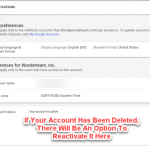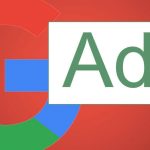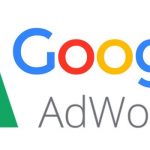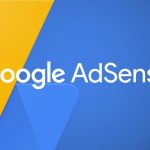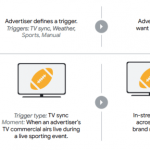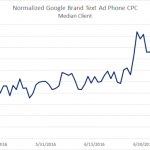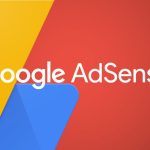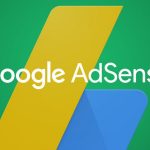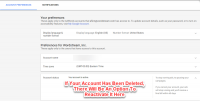Google Wages War Against Annoying Ads
— June 5, 2017

The highest priority for most website owners is SEO (search engine optimization). This simply means the opportunity for their web pages to be found by their target audience, by appearing on Page 1 of search engine results pages. However, being found is only the first step. Most business websites rely on online advertising to sell their products and services. Their goal is to provide compelling and useful information that convinces viewers to either purchase immediately or learn more.
In their pursuit of compelling ads, many end up publishing annoying or intrusive ads that annoy, rather than engage people.
Google’s stated priority is not only to present pages with the best answers to users’ queries, but also to provide the best “user experience.” To do this, Google spends a lot of time and money improving their algorithms. These algorithms have tackled such things as thin content, keyword stuffing, link farms, and even spelling and grammar issues. As mobile devices became more popular, they stopped showing websites on their search results pages that were not mobile “friendly.”
Google Targets Bad Ads
Google’s latest target is the annoying ads that appear on some websites. Google understands the frustration that these ads can cause, leading some users to block all ads. These ad blockers punish businesses, content creators, journalists and web developers, who rely on ads to grow their businesses and fund their content creation.
Google believes that people don’t hate all ads, just the annoying ones. They recently joined the Coalition for Better Ads. This group has conducted extensive research on the public’s preference for online ads, and has published a report detailing ads that most consumers find annoying.
Double Click (a Google property) lists the types of ads that are most annoying:
- Ads that interrupt. Ads that make you wait before the content displays or ads that pop up while you are trying to read are the graded as most annoying by consumers.
- Ads that distract. Ads that play sound automatically and flashing animations are things that may cause viewers to abandon your site.
- Ads that clutter. A page that is “stuffed” with ads not only takes longer to load, but can be confusing for someone trying to read the content.
They also provide “golden rules” for better experiences:
- Be immediate. As internet users become more impatient, they appreciate ads that load fast and don’t slow down content.
- Be immersive. Native advertising, ads that fit the form and function of a site’s content, provides the best experience to content consumers.
- Be relevant. Good advertising starts with understanding what your users care about. Recent technology allows advertisers to deliver display ads based on consumers’ interests.
Chrome Supports Better Ads Standards
By early 2018 Google will stop showing ads on websites that are not compliant with Better Ads Standards. They believe these changes will allow all content creators to use online advertising that helps rather than hinders their efforts to engage their viewers.
Digital & Social Articles on Business 2 Community
(33)


